A brilliant statesman, lawmaker, a renowned poet and engineer, Nezahualcoyotl Acolmiztli, the Acolhua offspring of the royal house of Texcoco, was born into turbulent times.
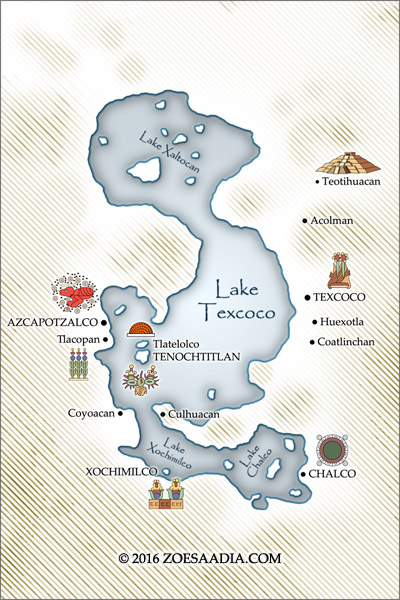 At the end of the 14th century, the Mexican Valley of Central Mexico was dotted by city-states/altepetls, each with a different measure of influence over various surrounding towns and villages.
At the end of the 14th century, the Mexican Valley of Central Mexico was dotted by city-states/altepetls, each with a different measure of influence over various surrounding towns and villages.
Azcapotzalco of the Tepanecs, Culhuacan of the Toltecs, Tenochtitlan of the Mexicas, Texcoco of the Acolhua – those were the primary players in the struggle for power surrounding Lake Texcoco, spilling outside its natural borders and into the eastern and western highlands and other places beyond the Mexican Valley as well.
By the time Nezahualcoyotl was born, on the onset of the 15th century (1400 or 1402, according to different sources), the Tepanecs of Azcapotzalco were on the clear ascendance, their main rival and equally powerful altepetl Culhuacan finally humbled and then conquered, other city-states, Tenochtitlan of the Mexica Aztecs among them, submissive, paying tribute and sending warriors to reinforce the Tepanec warring forces upon every demand.
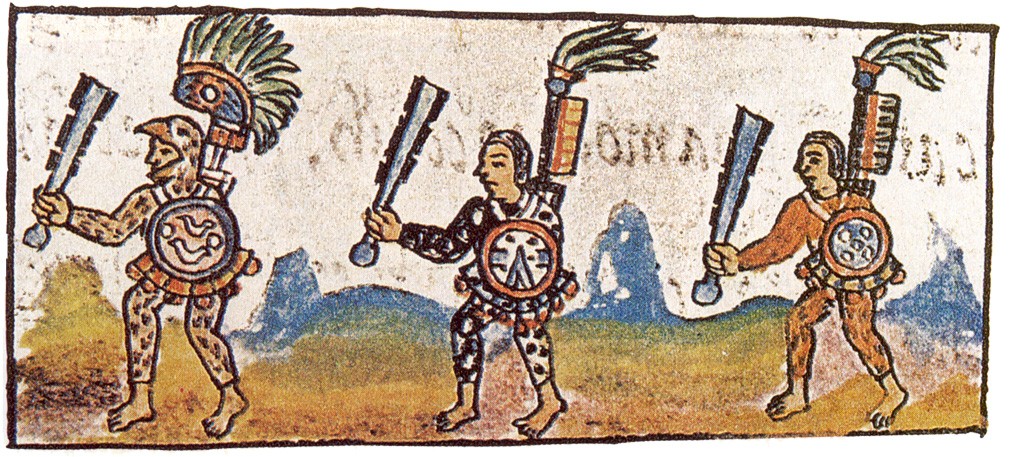 The Acolhua, with its capital altepetl Texcoco and governing several towns and villages on the eastern side of the Great Lake, were in a better shape. The tribute they paid the Tepanecs wasn’t as heavy as this of Tenochtitlan, and their status as vassals and not outright subjects was considerably higher. Still, when what we know today as the series of Tepanec-Acolhua wars broke out in 1415, no one seemed to be surprised.
The Acolhua, with its capital altepetl Texcoco and governing several towns and villages on the eastern side of the Great Lake, were in a better shape. The tribute they paid the Tepanecs wasn’t as heavy as this of Tenochtitlan, and their status as vassals and not outright subjects was considerably higher. Still, when what we know today as the series of Tepanec-Acolhua wars broke out in 1415, no one seemed to be surprised.
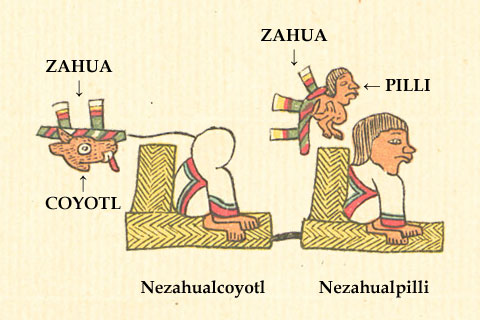 Nezahualcoyotl was twelve years old when his father declared himself by demoting his Tepanec chief wife Tecpaxochitzin, who was the mighty Tezozomoc’s eight daughter according to the 17th century Acohua historian Alva Ixtlilxochitl (not to be confused with his namesake, Ixtlilxochitl I, Nezahualcoyotl’s father himself), and promoting his Mexica royal wife, Nezahualcoyotl’s mother, in her stead. Azcapotzlaco didn’t like that, but no roaring war declarations came until the Texcocon sovereign went further by taking a fancy title Chichimecatecuhtli, the Lord of the Chichimecas, and began slacking in his tribute-paying activities while gathering allies all over the eastern side of the Great Lake. Up to sixteen provinces were said to commit to his cause (Alva Ixtlilxochitl “The History of the Chichimeca Nation”); however, more were in favor of the mighty Tepanecs, unwilling to anger the largest regional power. The Mexica-Aztecs were among those. Not sending large reinforcements as required, they strove to remain neutral, benefiting from adopting some of the Acolhua trading routes for themselves (Diego Duran “The History of the Indies of New Spain”).
Nezahualcoyotl was twelve years old when his father declared himself by demoting his Tepanec chief wife Tecpaxochitzin, who was the mighty Tezozomoc’s eight daughter according to the 17th century Acohua historian Alva Ixtlilxochitl (not to be confused with his namesake, Ixtlilxochitl I, Nezahualcoyotl’s father himself), and promoting his Mexica royal wife, Nezahualcoyotl’s mother, in her stead. Azcapotzlaco didn’t like that, but no roaring war declarations came until the Texcocon sovereign went further by taking a fancy title Chichimecatecuhtli, the Lord of the Chichimecas, and began slacking in his tribute-paying activities while gathering allies all over the eastern side of the Great Lake. Up to sixteen provinces were said to commit to his cause (Alva Ixtlilxochitl “The History of the Chichimeca Nation”); however, more were in favor of the mighty Tepanecs, unwilling to anger the largest regional power. The Mexica-Aztecs were among those. Not sending large reinforcements as required, they strove to remain neutral, benefiting from adopting some of the Acolhua trading routes for themselves (Diego Duran “The History of the Indies of New Spain”).
The first Tepanec invasion of the eastern side of Lake Texcoco in 1415 wasn’t a great success. The Acolhua and their allies had managed to repel the invading Tepanec force, sending them back across the great water basin – a surprising development. Then, to add the insult to the injury, the victorious Acolhua promptly turned around and invaded the Tepanec side themselves. Known as the Tepanec-Acolhua first war, this period lasted several more months, or maybe even over a year according to different sources, but eventually the Acolhua had turned back and went home, unsuccessful in their foray and a brief siege put on Azcapotzalco itself. According to Ixtlilxochitl they were tricked into leaving, deceived by promises of peace. Others say that they had left because of a military failure.
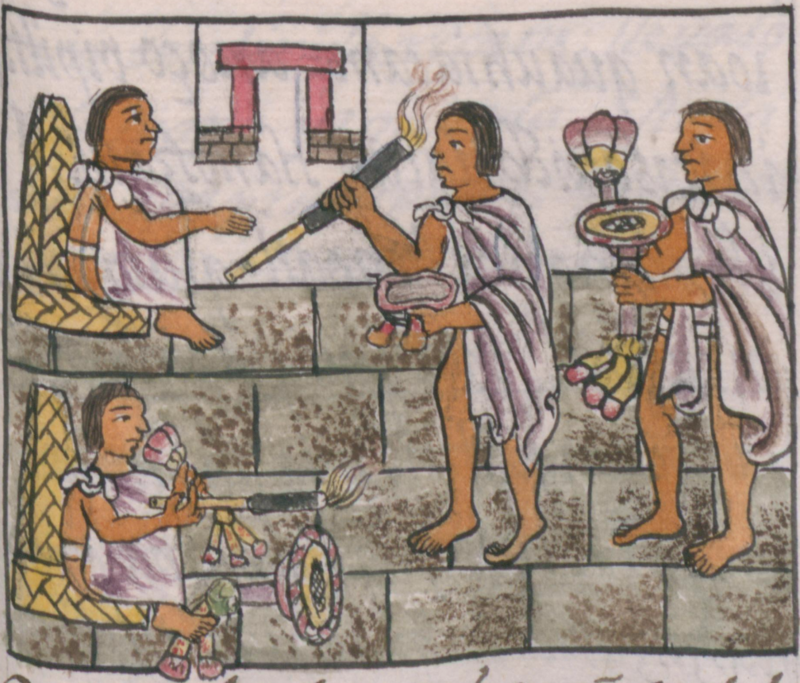 For whatever reason, the Acolhua went back to Texcoco and the Tepanecs came again in 1418, this time better prepared. The offensive against the entire eastern coast was swift and well timed, deceiving the defenders by a pretended attack on one of the provinces (Huexotla or Coatlinchan) while launching the main assault against Texcoco itself, barely defended because the main Acolhua forces were busy preparing to defend the provincial towns they thought were under assault.
For whatever reason, the Acolhua went back to Texcoco and the Tepanecs came again in 1418, this time better prepared. The offensive against the entire eastern coast was swift and well timed, deceiving the defenders by a pretended attack on one of the provinces (Huexotla or Coatlinchan) while launching the main assault against Texcoco itself, barely defended because the main Acolhua forces were busy preparing to defend the provincial towns they thought were under assault.
By mid-1418 the entire eastern side of Lake Texcoco was at the Tezozomoc’s hands, with the Texcocan sovereign Ixtlilxochitl I killed in the battle, hunted down by the Tepanec allies and not the Tepanec forces themselves. Among those allies were the Mexica-Aztecs as well, this time in force and not just a token of a few warriors. In those three years between 1415 and 1418, Tenochtitlan saw a change of rulers itself, with their own tlatoani Huitzilihuitl dying presumably of natural causes, succeeded by his son, Chimalpopoca, who was sired by Huitzilihuitl’s Tepanec chief wife, another daughter of Tezozomoc. Chimalpopoca was still a very young man when burdened with the responsibilities of the highest position of tlatoani, and according to some sources (mostly Domingo Chimalpahin “Society and Politics in Mexico Tenochtitlan“) his mother might have been still alive, offering guidance and probably tending to favor her native Azcapotzalco and its ruler, her father. With such considerable changes, no one seemed to be surprised at the Mexica inclination to espouse the Tepanec cause wholeheartedly.
Nezahualcoyotl , a youth of less than twenty years at the time, had managed to escape the fate of his father and other Acolhua royal family members. Alva Ixtlilxochitl tells us a heartfelt story of the young heir hiding in the tree, watching his father being slain. Other chronicles state that he might have been already a young warrior and so attached to the warring forces that happened to be elsewhere, defending the province that was only under a mild attack, thus having his chance to escape the fate of his father.
Either way, the heir to the Texcoco throne had escaped, to the great chagrin of the invading Tepanecs. Still busy establishing his rule on such a vast new territory, Tezozomoc was reported to send warring parties to try and hunt the important escapee down. “… if they were to find Prince Nezahualcoyotl …” cites Alva Ixtliltxochitl in his histories that he claimed to base on Codex Xolotl. “… they were to seize him and bring him dead or alive into the presence of Tezozomoc his master that he might reward those who might do him such a service …”
And yet, the heir to the Texcoco throne seemed to disappear without a trace.
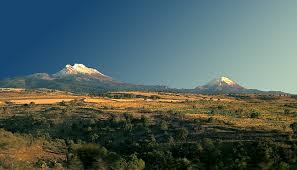 Indeed, the chosen location of the fleeing Acolhua noble youth seemed to be somewhat surprising. Instead of heading toward maybe this or that province of his father’s former domain, counting on the possible goodwill of his own country folk and their assistance in hiding, his destination might have puzzled not only his enemies and pursuers but his allies and friends as well. The ridges adorning the Acolhua lands from the east were relatively high and unfriendly, inhabited by the people who did not bore the Acolhua lowlanders any good will. The highlanders of Tlaxcalla Valley warred with the lowlanders of the Acolhua provinces on too many occasions, both sides launching sorties and suffering from reoccurring raids. The Tepanecs, who had conquered the coastal lowland areas, the Acolhua domain, did not venture into the highlands to continue their expansion. The highlanders were notoriously known as fierce warriors, with their mountainous passes offering many defensive advantages.
Indeed, the chosen location of the fleeing Acolhua noble youth seemed to be somewhat surprising. Instead of heading toward maybe this or that province of his father’s former domain, counting on the possible goodwill of his own country folk and their assistance in hiding, his destination might have puzzled not only his enemies and pursuers but his allies and friends as well. The ridges adorning the Acolhua lands from the east were relatively high and unfriendly, inhabited by the people who did not bore the Acolhua lowlanders any good will. The highlanders of Tlaxcalla Valley warred with the lowlanders of the Acolhua provinces on too many occasions, both sides launching sorties and suffering from reoccurring raids. The Tepanecs, who had conquered the coastal lowland areas, the Acolhua domain, did not venture into the highlands to continue their expansion. The highlanders were notoriously known as fierce warriors, with their mountainous passes offering many defensive advantages.
And into this unfriendly and unwelcoming landscape young Nezahualcoyolt has reportedly escaped.
Not much is known about the time he had spent in Huexotzinco, a relatively large, important and fairly influential town near the spectacular peak of Popocatepetl volcano.
Ixtlilxochitl goes into a great detail retelling the story of the young Acolhua’s journey fraught with perils, escaping the Tepanecs, hiding in villages’ storage rooms, nearly falling in captivity ones or twice, assisted by locals and a loyal friend or servant who had followed him and helped him along. Yet, not much is said about his eventual destination and no explanation seems to be offered as to why the highlanders had received him at all, providing the highborn Acolhua with shelter for several months and later on with a considerable warring force when it was time for the uprising against Azcapotzalco. All we know is that he had spent in the eastern highlands a few months or maybe nearly a year, recovering his spirits and probably making plans while gathering his unlikely new allies.
By the turn of 1419, the shores of both sides of Lake Texcoco calmed down, settling under the now-absolute Tepanec rule. Texcoco had been given to the Mexica-Aztecs, but with strings attached. They were the ones to govern the city, but the bulk of the collected tribute went to Azcapotzalco rather than Tenochtitlan according to Codex Mendoza. Chimalpopoca, Tezozomoc’s grandson, was fairly well established on the Mexica throne by then, and the relationship between the two altepetls blossomed, to a degree, the general tribute one third of what it used to be and the footholds on the mainland allowed.
Nevertheless, it was Tenochtitlan that turned out to be Nezahualcoyotl’s next destination when he finally reemerged from the safety of the eastern highlands. Ixtlilxochitl doesn’t seem to go into a great detail explaining why and how. Chimalpopoca’s reign was marked by the closest relationship with Tenochtitlan’s Tepanecs overlords and his grandfather Tezozomoc; and yet, it was reported to be Chimalpopoca who had interceded on behalf of the Acolhua royal refugee before the mighty Tepanec ruler.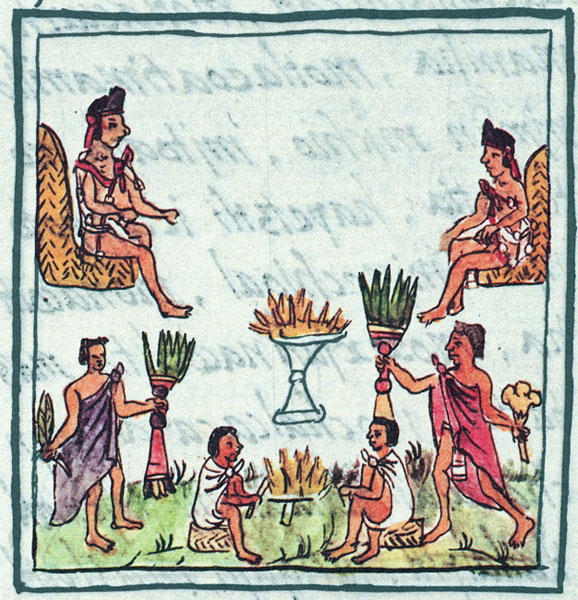
According to the same primary sources, Tezozomoc, before that so very determined to execute the dangerously direct heir to the Texcoco throne and its legitimate previous dynasty, became convinced of the young Nezahualcoyotl’s harmlessness, believing that all the highborn Acolhua wanted was now to live in peace and pursue fine arts and other peaceful studies.
Which Nezahualcoyotl indeed proceeded to do for the following seven years, or so it appeared on the surface, living in Tenochtitlan and later on even allowed visiting his native Texcoco, acting inconspicuously, biding his time.